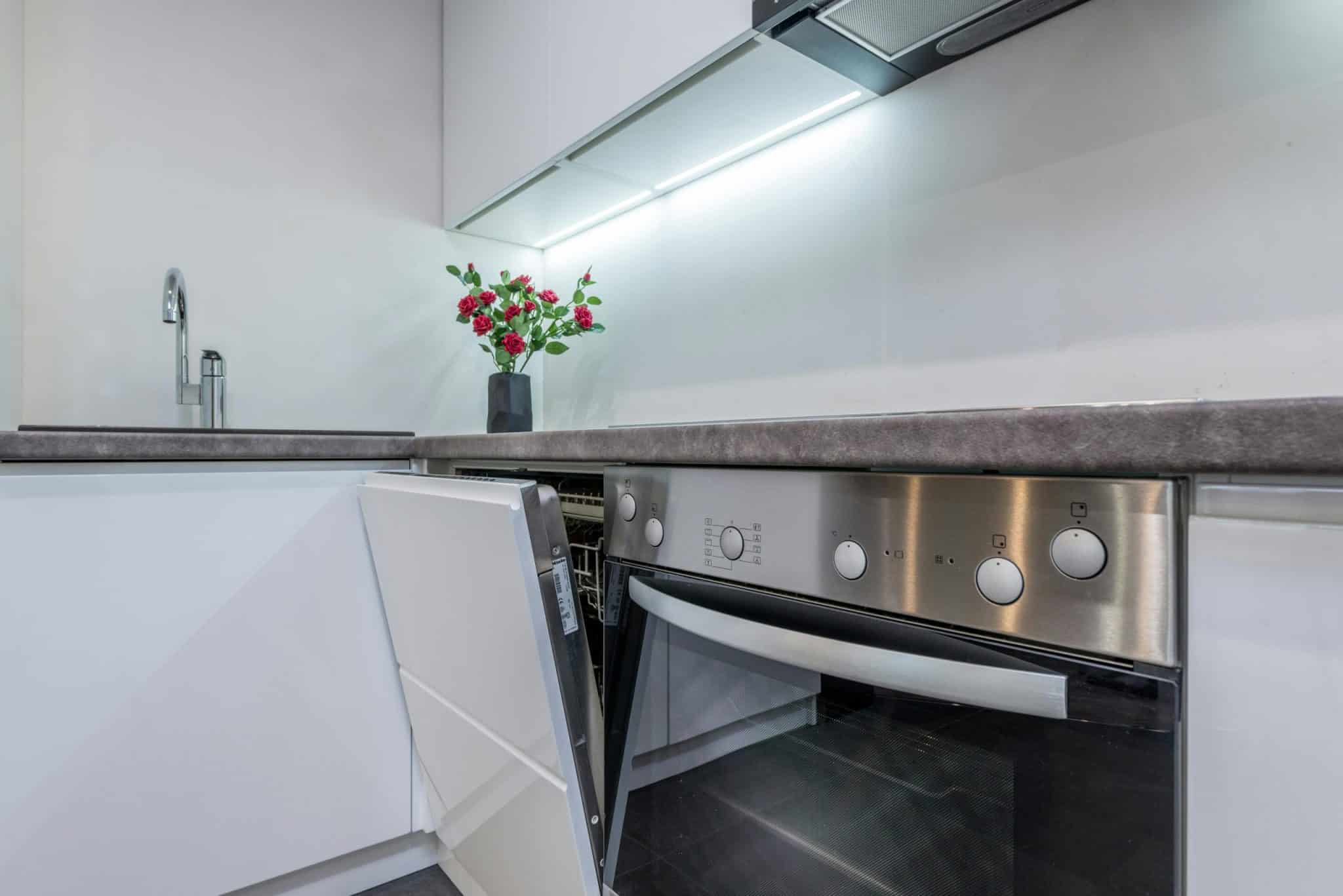Co-Living Spaces: How Gen Z is Redefining Shared Housing
The concept of shared housing has been around for centuries, with early communities relying on the communal living model for survival. But in today’s fast-paced world, shared housing, or co-living, has taken on a new form with the rise of the Gen Z population. Born between 1997 and 2012, this generation values connection and community more than any other. This has significantly shaped the way co-living spaces are designed and perceived, with Gen Z leading the way in redefining shared housing.
The Rise of Co-Living Spaces
Co-living spaces have been gaining popularity in urban areas over the past decade, with companies like WeLive, Common, and Quarters leading the way. These modern communal living spaces offer residents the chance to live, work, and socialize in a shared environment. The appeal of co-living spaces lies in the amenities and convenience they offer, as well as the opportunity to connect with like-minded individuals.
But it’s not just about convenience and lower costs. For Gen Z, co-living is a lifestyle choice that aligns with their values and priorities. With a growing awareness of sustainability, community, and work-life balance, this generation is drawn to the idea of co-living as an alternative to traditional housing options.
The Gen Z Influence
Gen Z is the most diverse generation to date, with a wide range of backgrounds, beliefs, and interests. But one thing they all have in common is their desire for connection and community. Growing up in a digital age, where real-life connections are often replaced by virtual ones, this generation craves genuine human interaction.
Co-living spaces provide the perfect opportunity for Gen Z to connect with others and form meaningful relationships. With shared living spaces and frequent community events, these spaces foster a sense of belonging and support for their residents.
Design and Amenities
Unlike traditional housing options, co-living spaces are designed with community in mind. This means that communal spaces, such as kitchens, living rooms, and work areas, are given priority and designed to encourage interaction. With open-concept layouts and modern, Instagram-worthy aesthetics, these spaces attract Gen Z’s eye for design and desire for unique experiences.
Co-living spaces also offer an array of amenities, including cleaning services, high-speed internet, and fitness centers. These amenities not only make life easier for residents but also encourage a sense of community and shared responsibility. For example, residents may take turns cooking communal meals or organizing events, fostering a sense of teamwork and collaboration.
Flexible Living
Gen Z is known for their preference for flexibility and freedom. Co-living spaces cater to this by offering month-to-month leases and the option to move between different locations. This allows Gen Z to have a sense of stability and security while still having the ability to change their living situation as needed.
Additionally, many co-living spaces offer a variety of room options, from single rooms to shared rooms, giving Gen Z the ability to tailor their living arrangements to their individual needs and budget.
Challenging the Traditional Housing Model
Co-living spaces are not only reshaping the concept of shared housing but also challenging the traditional housing model. With rising housing costs in urban areas, co-living spaces offer a more affordable option for Gen Z, who may struggle to afford their own apartment.
Moreover, the demand for co-living spaces has prompted traditional landlords to rethink their approach to housing. Many have started to incorporate co-living elements into their rental properties, such as shared living spaces and communal events, in order to attract younger tenants.
The Future of Co-Living
The future of co-living looks bright, with the demand for these spaces only expected to grow. As Gen Z continues to enter the workforce and look for affordable, community-driven housing options, co-living spaces will become an increasingly appealing choice.
Furthermore, with the impact of the COVID-19 pandemic, the importance of community and connection has only been heightened. Co-living spaces allow for a sense of community and support, while still offering the privacy and security of a personal living space.
In Conclusion
Gen Z is redefining shared housing with their desire for connection, community, and flexibility. Co-living spaces offer a modern, affordable, and communal living option that aligns perfectly with this generation’s values and priorities. As co-living spaces continue to evolve and challenge the traditional housing model, it’s clear that they have become much more than just a trend – they are a lifestyle choice for the future.










